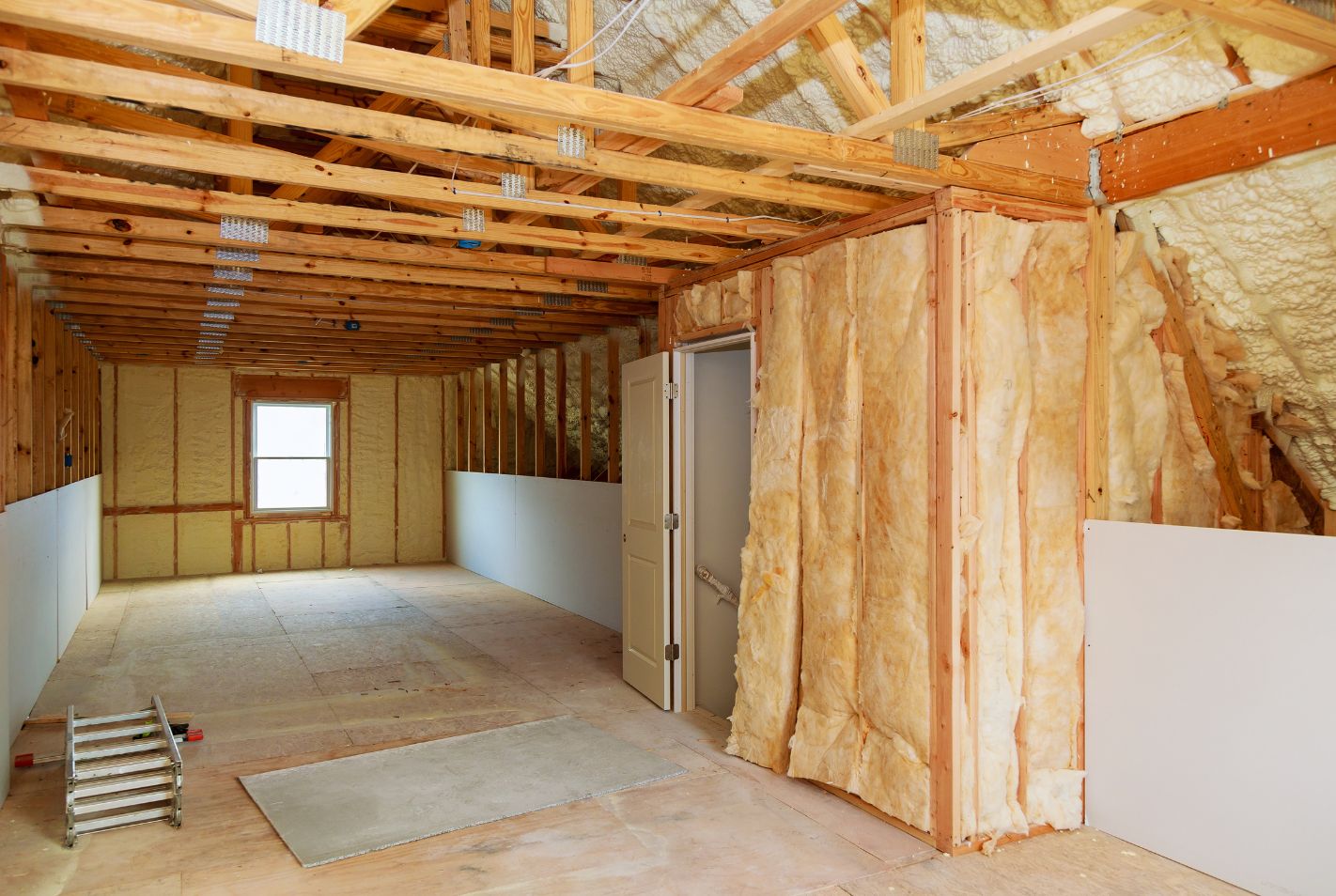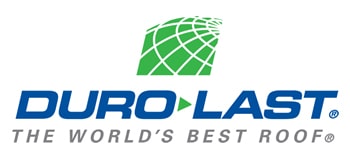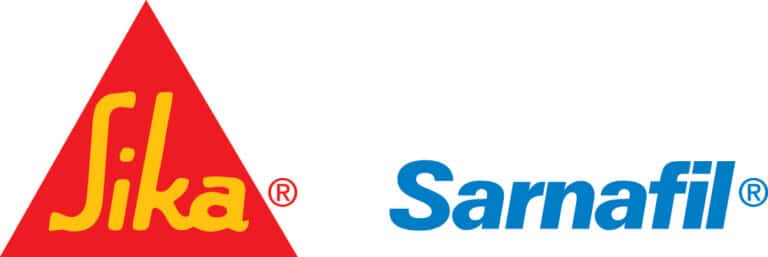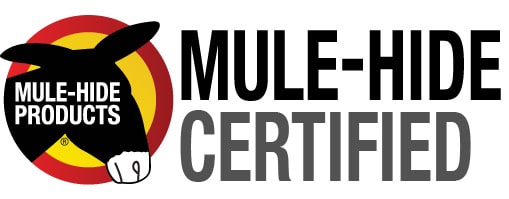Commercial Sheathing
Get a quote
Let us know your requirements below and we’ll get back to you as soon as possible.
"*" indicates required fields
Are you in need of professional sheathing services?
RRS Enterprises LLC is the go-to resource for contractors who are looking for reliable, top-quality sheathing services. Our team’s dedication to excellence and commitment to providing high quality work makes RRS Enterprises the perfect choice when it comes to sheathing. We use only the best materials available on the market so that your project will be built with superior endurance and maximum strength.
With our experienced staff and state-of-the-art technology, we can guarantee quick turnarounds while still maintaining safe, efficient working conditions throughout your entire project—all at unbeatable prices! Our customer service personnel also provide detailed explanations of different options as well as any pertinent technical information so that you can make informed decisions about your sheathing needs.
Call us today or fill out a quote request form on our website to get started on finding an optimal solution for your sheathing projects. At RRS Enterprises LLC, we’ll help you complete the job professionally and affordably!

Let's chat about what possibilities exist for transforming your space!
Commercial Sheathing Contractors
OR CALL 800-432-5112
Sheathing FAQ
Installing sheathing is a fairly straightforward process. First, you should measure the area you are covering to determine how much sheathing you will need. Next, make sure that the surface is clean and dry before applying your sheathing material. For wood sheathing, use galvanized nails or screws with washers to attach the material to the substrate. It is important to make sure that the nails are spaced correctly so that they do not create any weak spots in the sheathing installation. For foam sheathing, use either adhesive spray foam or construction adhesive to attach the material. Make sure you follow all of the manufacturer’s instructions for application and drying times. Once your sheathing is in place, make sure that you caulk or seal any gaps or seams. This will help to create an airtight and weatherproof barrier. Finally, apply a layer of a protective coating such as paint or stain to protect your sheathing from the elements. By following these steps, you can ensure that your exterior sheathing will last for years to come.
Sheathing can be repaired using a variety of methods. Depending on the nature and extent of the damage, you may need to replace sections or all of the sheathing. In cases where only small areas are affected, nail-on patches can be used to repair holes or splits in sheathing boards. A patch should overlap the damaged area by at least 3 inches on all sides and be fastened securely with galvanized roofing nails. To repair larger areas, you can use a piece of plywood or oriented strand board (OSB) cut to size and nailed into place over the damaged area. If there is extensive damage, it may be necessary to completely replace the sheathing. Be sure to use the same type of material when replacing sheathing and be sure to attach it securely with nails. Following these steps can help ensure that your roof decking is strong, durable, and in good condition.
In addition to repairing damage to the roof sheathing, you may also need to inspect and repair flashing around chimneys, skylights, and other protrusions in your home’s roof. Flashing is a metal or plastic material that is used to create a water-tight seal around these areas. If the flashing is damaged or missing, it can lead to leaks. Inspect the flashing regularly for signs of wear and tear, and repair or replace it as needed.
Finally, you should check your roof for signs of wear and tear or damage due to wind and weather. Look for missing, cracked, or buckled shingles; discoloration; granule loss; dents in metal flashings; or any other signs of deterioration. If any of these issues are present, it is important to have them addressed as soon as possible to prevent further damage.
Sheathing provides a number of benefits, including increased stability, better protection from the elements, improved air, and moisture control, enhanced insulation performance, and increased fire resistance. Additionally, sheathing improves the structural integrity of walls by reducing movement caused by wind or settling. Sheathed walls can also provide additional soundproofing to help dampen noise transfer between rooms.
Sheathing can also help protect buildings from damage caused by pests such as insects or rodents. By providing a physical barrier, sheathing helps keep these creatures out of your home and away from potentially damaging wiring and insulation.
Finally, installing sheathing can help reduce energy costs due to better insulation performance and improved air tightness. Sheathing can help keep hot and cold air from escaping, which increases the efficiency of your home’s heating and cooling systems.
Overall, sheathing is an important component in any structure because it provides added protection from wind, pests, fire, and energy loss. Sheathing is often made from wood or fiberglass and is usually installed as a layer between the wall studs and the siding, roofing or another outer layer. Installing sheathing can be done yourself with basic carpentry tools, or you can hire a professional to do the job for you. No matter what type of material you choose, make sure it meets the required building codes in your area for maximum protection and efficiency.
When it comes to protecting the exterior of your home, sheathing is a great way to make sure that you’re getting the best in terms of strength and durability. By adding an extra layer of protection against wind, pests, and other potential hazards, you’ll have an extra layer of security for your home. With the right materials and installation, sheathing can also help to reduce energy costs as well as provide a superior look for your house. Whether you choose plywood, oriented strand board, or paneling, sheathing is one of the best ways to protect your home and boost its energy efficiency.
Sheathing is available in different materials depending on the application. Common types include oriented-strand board (OSB), plywood, gypsum board, and metal sheathing. OSB and plywood are two of the most popular types of sheathing; they consist of wafer-like pieces of wood that are pressed together with a waterproof adhesive. Gypsum board is a common type of sheathing used for interior walls and ceilings. Metal sheathing can be made from steel, aluminum, or other metals and is often used to protect the exterior of buildings from weather conditions. Regardless of the type of material chosen, all sheathing provides additional structural support, improves energy efficiency, and can help protect a building from moisture, mold, and other damage. In addition to providing extra strength and protection for buildings, sheathing also improves the aesthetics of any structure by creating a finished look.
When installing sheathing on a wall or ceiling, it is important to follow the manufacturer’s instructions carefully. It may be necessary to use a special adhesive or fasteners to ensure that the material is properly secured. In some cases, additional insulation may also be needed to provide extra insulation and soundproofing in order to meet code requirements.
When preparing for sheathing installation, it is important to measure the area where the material will be applied. This will help determine the amount of sheathing needed for the job. Additionally, it is important to note any obstructions or irregularities in the surface that may impact the installation process.
When installing sheathing, safety should always be a priority. It is important to wear protective clothing and equipment, such as gloves, face masks, and goggles. Care should be taken to ensure that the material is securely fastened, using galvanized screws or nails and a hammer. It is also important to be mindful of any electrical wires in the area of installation.
The type of sheathing used will depend on the application and desired result. Sheathing can come in several different varieties depending on the need. It may be made of wood, fiberboard, vinyl, metal, or even foam. It is important to select the correct type for the application and climate.
It is important to ensure that sheathing is properly secured in order to prevent air and water from entering the interior of a structure. To do this, it should be applied with a suitable adhesive and then secured with screws or nails. For maximum effectiveness, it is also important to ensure that all seams are properly sealed.
Sheathing can provide a variety of benefits, including additional insulation, protection from moisture, improved soundproofing, increased fire resistance, improved structural integrity, and added aesthetic appeal. In addition to these benefits, sheathing can help reduce energy costs by improving the overall insulation of a structure. When installed properly and with appropriate materials, sheathing can be expected to last for many years and will provide an effective barrier against the elements.
Sheathing must also be chosen carefully in order to ensure that it is suitable for the local climate. In areas with significant moisture or humidity, it may be necessary to use waterproof sheathing in order to reduce the risk of water infiltration. Furthermore, different materials will provide differing levels of insulation, so it is important to select a material that provides adequate protection from the cold and heat.
It is also important to consider the cost of sheathing when making a selection. While some materials can be quite inexpensive, they may not offer the same level of protection or durability as more expensive options. Additionally, certain sheathing materials may require additional maintenance and repair in order to ensure that it remains effective over time, adding further cost to the installation process.
Overall, choosing the right sheathing material for your home is a critical decision that requires careful consideration. Consider the climate, cost, and potential maintenance needs when selecting a sheathing material in order to ensure that it will be effective and affordable over time. With the right selection, you can enjoy comfortable temperatures all year round while keeping energy costs down.
Sheathing is the outermost layer of material used in construction to protect a structure from environmental elements. It serves as an added layer of protection against water, moisture, and insects. Sheathing can range from rigid boards like plywood or OSB to flexible materials like tar paper or felt. Depending on climate and building codes, sheathing may also include insulation, vapor barriers, and air-barriers. Sheathing is important for protecting a structure from the elements and providing structural support between framing members. It is commonly used on roofs, walls, and floors to provide strength and durability to a building. Properly installed sheathing can improve energy efficiency by keeping out drafts and helping maintain an even temperature throughout the building. Additionally, sheathing can provide protection against water, moisture, and insects. Finally, it helps to ensure the structural integrity of a building by distributing loads evenly among members and helping prevent damage due to vibration or wind forces. Properly installed sheathing can greatly extend the life of a structure and protect its occupants against weather-related threats. Sheathing should be installed by a professional who has experience in the field, as it requires precise measurements and installation techniques to ensure optimal performance and protection. Additionally, periodic inspections should be performed to ensure that all sheathing remains in good condition and is not compromised due to wear or other damage.





Let's chat about what possibilities exist for transforming your space!
OR CALL 800-432-5112

